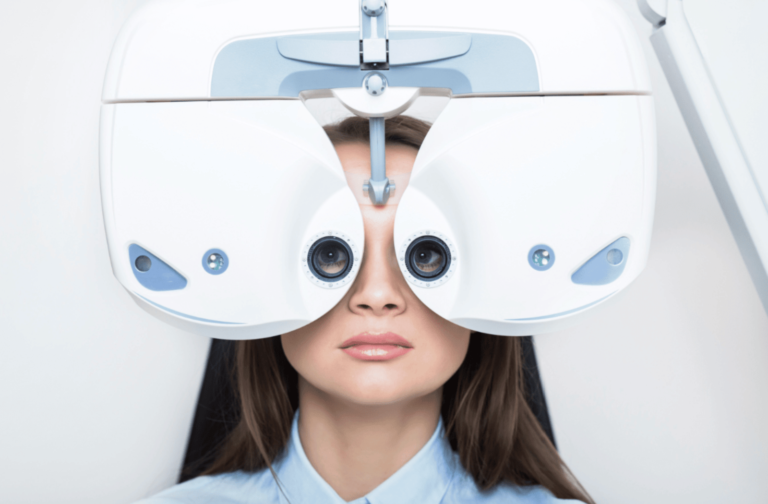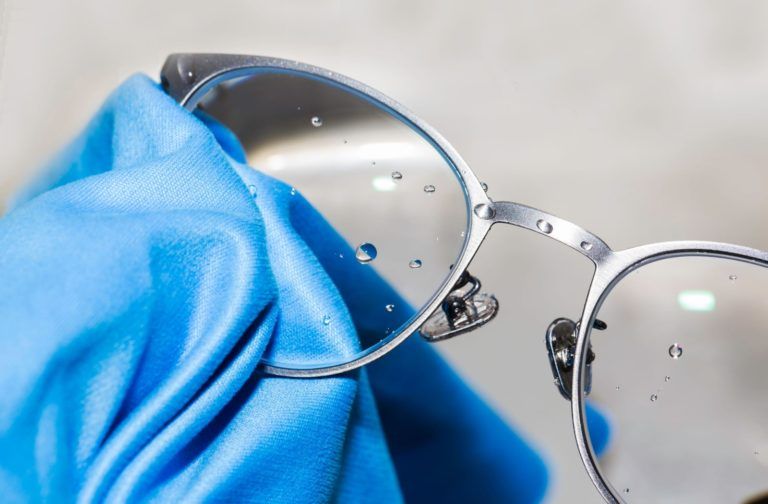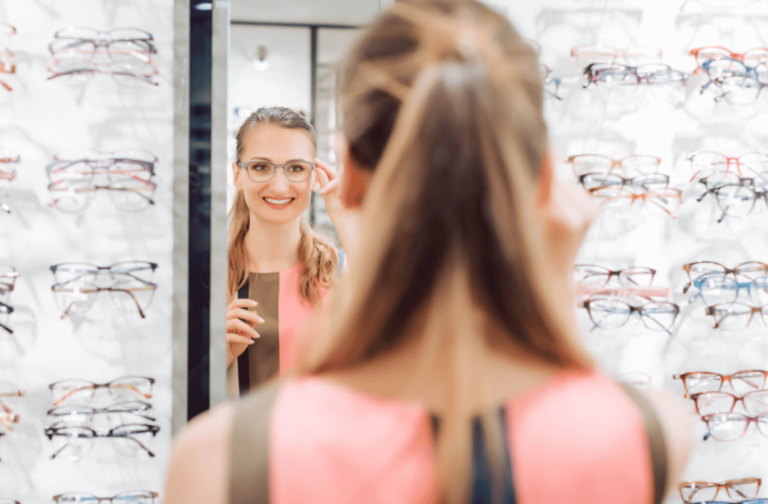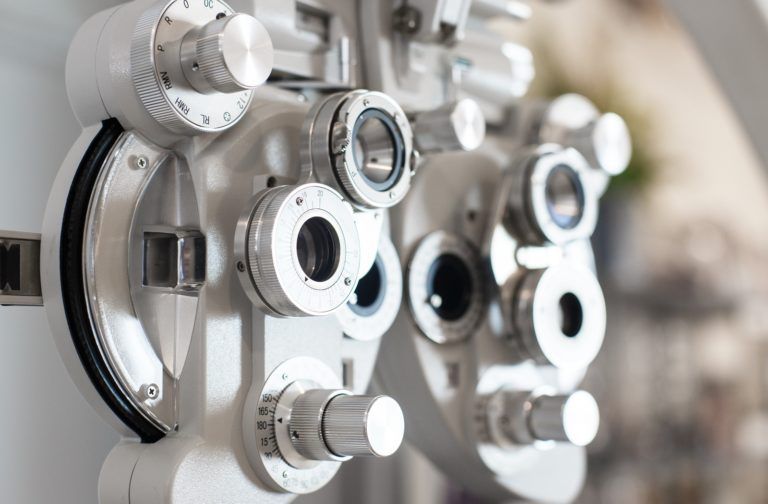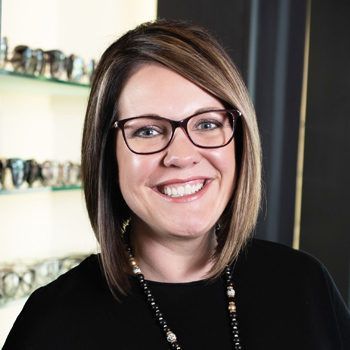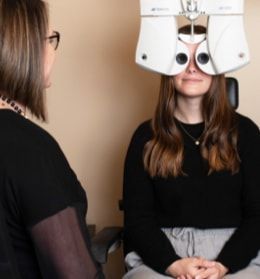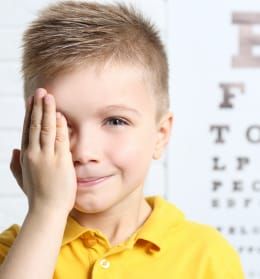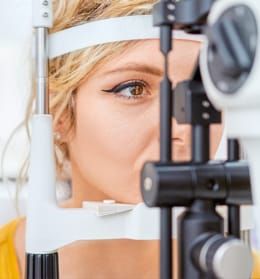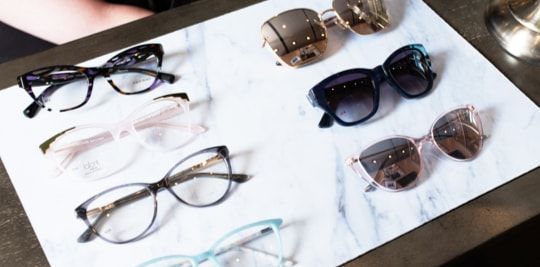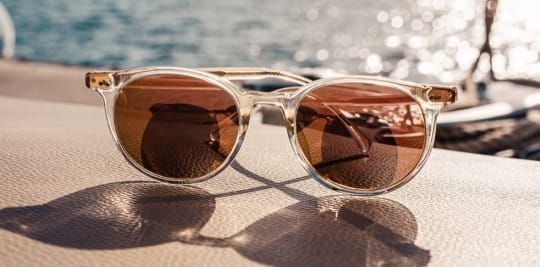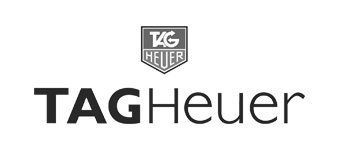Your eyesight changes as you get older. If you’re one of the millions of Americans who already wear glasses to correct a refractive error, this could lead to you needing more than one prescription.
Bifocals have lenses split into 2 parts, offering different prescriptions for various distances. These lenses can provide clear vision for people who have difficulty seeing nearby objects and struggle with distance vision.
What Sets Bifocals Apart from Traditional Lenses?
Traditional eyeglasses have a single lens that offers a single prescription. These are excellent for people who are nearsighted, farsighted, or have astigmatism and only need to correct that specific vision error.
As the name suggests, bifocal glasses feature 2 lens powers that correct vision for different distances. Typically, the upper part corrects your distance vision, while the lower part corrects near vision. This feature is invaluable for people who want to read or work on a computer without sacrificing the ability to quickly see things in the distance, such as when taking notes.
Are Bifocals Right for Me?
Typically, people with an emerging need to correct their vision tend to have several sets of glasses. One is for close-up activities like reading, and the other is for distance vision to help reduce blurriness when driving or watching a game.
However, bifocal glasses solve both problems, especially if you’re used to wearing them throughout the day. Many people will use the top portion most of the time but can easily swap to the bottom when looking at their phone or book.
But what changes as we get older that necessitates bifocals? It’s a condition called presbyopia.
Presbyopia
Presbyopia is a natural part of the aging process. As we age, the natural lens in our eye becomes less flexible, making it more challenging to focus on close-up objects. This process typically begins around the age of 40 and continues throughout our lives.
The most common symptom of presbyopia is difficulty focusing on close-up objects, such as reading or using a smartphone. Other symptoms may include:
Presbyopia can be diagnosed during a comprehensive eye exam. It’s common for people to have presbyopia with another refractive error, such as nearsightedness, which is why bifocals have become such a popular choice. You can have your old prescription on top and simply add one for near vision to the bottom of your new pair of glasses.
Once presbyopia starts, your vision may keep changing. It’s a good idea to get a new pair of glasses each year, either to keep up with a shifting prescription or just to keep your style fresh.
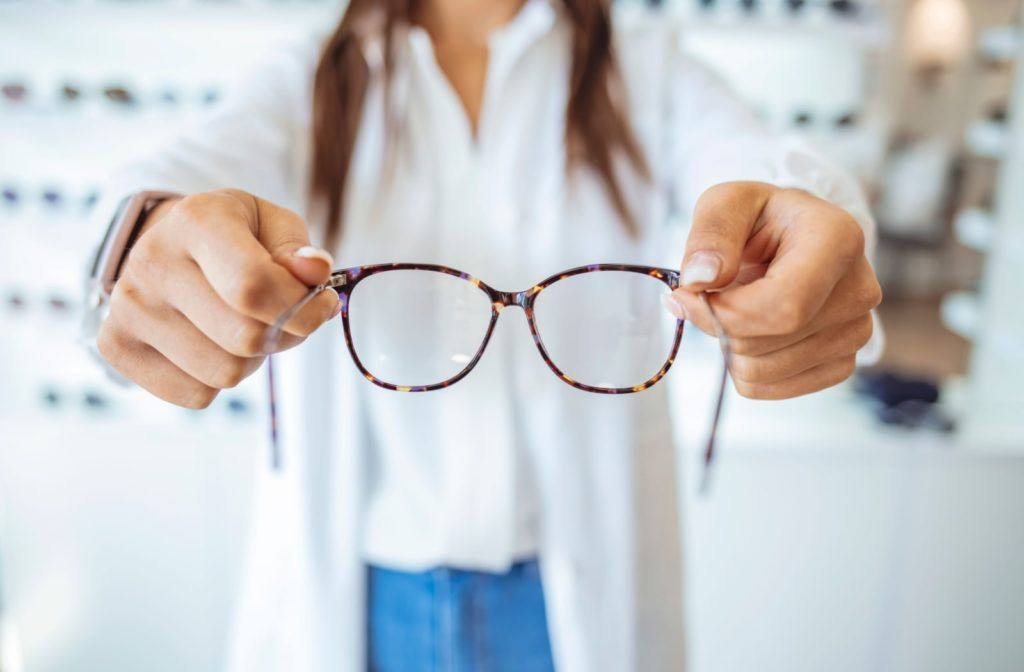
Types of Bifocals
Bifocals come in a few different types. The right pair for you is based on your vision needs and your personal sense of style.
Progressive Bifocals
These aren’t your grandma’s bifocals! McCulley Optix Gallery uses the newest technology in progressive lenses to make your vision at every distance seamless.
Progressives are a popular type of bifocal that doesn’t have a visible line across the lens. Instead, they gradually change the prescription from the top to the bottom of the lens. This means that users can move their eyes up and down the lens to find the area that provides the best clarity for a specific task.
Traditional Bifocals
The type of bifocals many people first think of have a visible line across the lens, which separates the top and bottom parts. These segments aren’t always the same shape. You may find bifocals with near segments that are half-moons, circular, narrow rectangles, or the entire bottom half.
This line can be distracting for some people. Others find it useful as it allows them to quickly identify the portion of the lens they need to use.
Trifocals
What if you need more than 2 prescriptions? Well, just add another segment. These multifocal lenses are called trifocals and have 3 areas—distance, intermediate, and reading—which help individuals with presbyopia see clearly at all distances.
Fashionable Frames for All Lenses
Bifocal glasses can be a lifesaver for people with visual difficulties at both near and far distances.
At McCulley Optix Gallery, we offer personalized solutions to suit your unique needs. Many people dread bifocal lenses for fear of appearing older, but that doesn’t have to be true! Our experienced team of opticians can help you discover the luxury and style of high-quality frames and lenses. You can even shop online from the comfort of your home!
Don’t know what you’re looking for? Take our personalized glasses survey, and let’s find your next favorite pair.
Posted in Eyewear, Frames & Lenses
Recent Posts
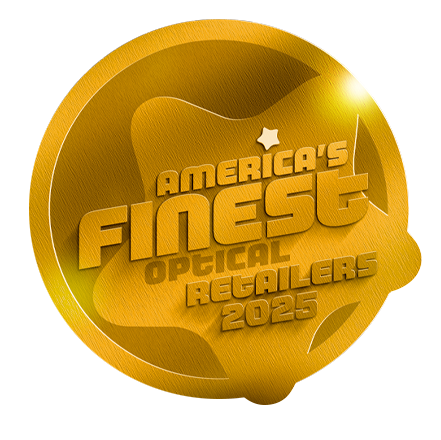


Categories
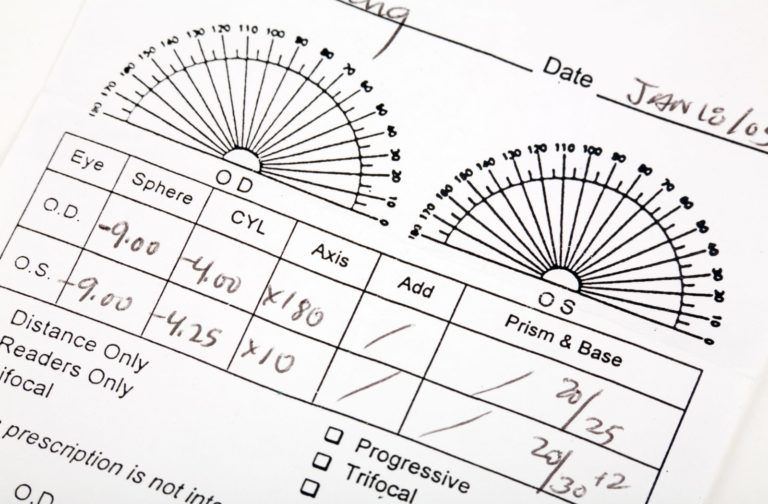
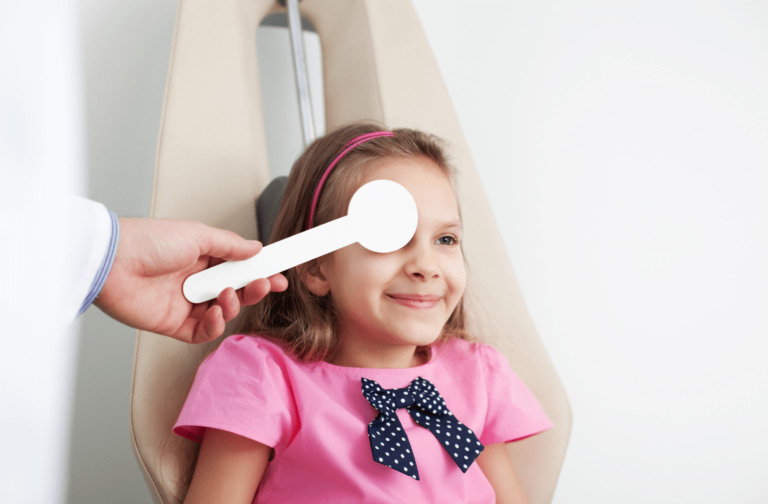

Written by Dr. Melissa McCulley
Dr. McCulley graduated with honor from Boston College in 1997 with a bachelor of science and a major in Spanish and pre-medical studies. She then went on to study optometry and graduated with honors from the Southern College of Optometry in 2001. She has past experience from the University of Minnesota Department of Ophthalmology fitting specialty contact lenses and working with low vision patients. Dr. McCulley is experienced in pediatrics and has a keen interest in treating dry eye.


